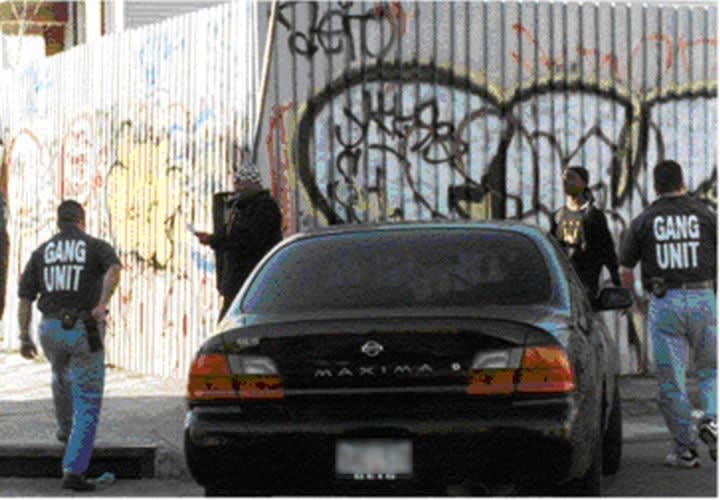Remember, each situation is different. You must evaluate the necessity of the field stop, the safety factors involved (number of subjects, back-up, weapons and surroundings), the potential for violence, the gang's present state of mind, their propensity for violent behavior and your ability to safely and efficiently conduct the stop.
Making a field stop in the middle of a prison yard just after a fight between rival gangs will be risky because the gangsters are pumped up and ready to save face, even if it means attacking a cop. If the stop can't be done safely, don't do it. If your evaluation of the situation warrants a field stop, and you can do so safely, conduct the stop, but adhere to the next few rules.[PAGEBREAK]
L: Look around and be alert
Continue your alertness until you're safely away from any potential danger. With most criminals, and especially with gangsters, an attack on a cop can come from anywhere. In fact, most gangs practice officer-disarming techniques and takedowns (called "takeouts") to take out a cop, when they deem it necessary.
The Latin Kings, for example, developed a cop takedown called the "Five Point Attack" in which the gangsters discreetly surround an officer engaged in a field stop of a fellow gang member. The gangsters form a five-pointed formation, in the shape of a five-point star, around the officer. While the original gang member being interviewed maintains the officer's attention, the other gang members move in.













